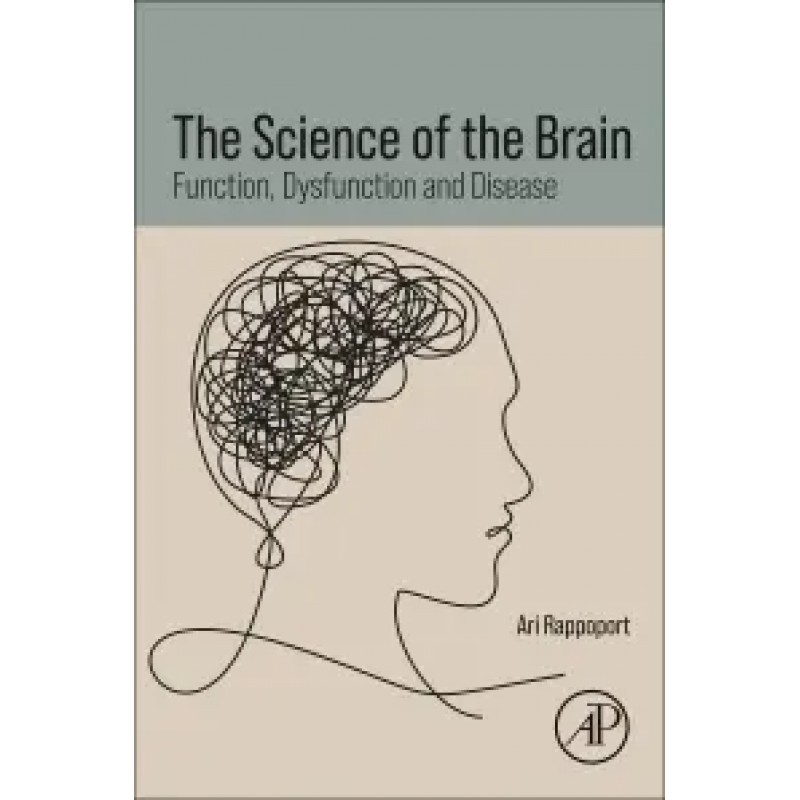The Science of the Brain Function, Dysfunction and Disease
- ISBN: 9780443450082
- Εκδότης: Academic Press
- Σελίδες: 358
- Διαστάσεις: 15 x 22 cm
- Έτος Έκδοσης: 2025
157,00€
174,00€
Χωρίς ΦΠΑ: 148,11€



